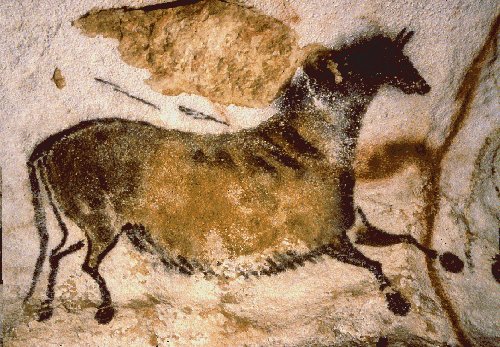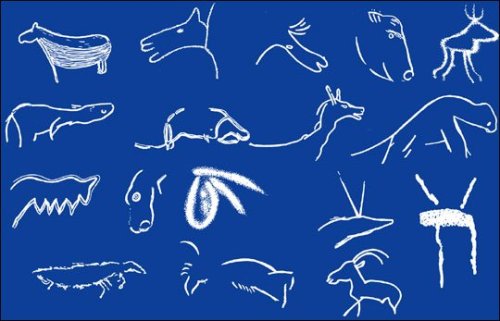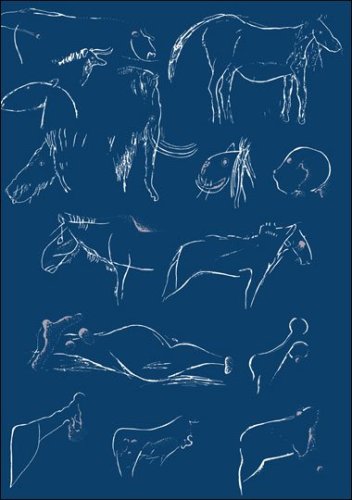|
THE LIBERTARIAN ENTERPRISE Number 363, April 16, 2006 April is the cruelest month
Goddess on the Mountain Top
Attribute to The Libertarian Enterprise Well, well, well. There are things I know, but can't prove. I've been meaning to mention them for a while, and this seems like as good an occasion as any. For example, just as there are three kinds of space (up, forward, and sideways), I suspect that there are, symmetrically, three kinds of time. The second kind is probability. The discovery of the third will revolutionize human existence. (I actually wrote about this a bit in Tom Paine Maru, but my editor at Del Ray Books saw fit to censor me. You can see what I said in the current edition of the book, online, at http://payloadz.com/go/sip?id=137991.) For another example, the current monstrous, murderous mess that George W. Bush and his crooked slime-buddies have made of America and the Middle East isn't about securing supplies of energy for us. Not at all. It's about forcing you and me to consume—and more importantly, to buy—the energy supplied by A, B, and C, rather than by D, E, and F. Also, the titanic legal and propaganda assault on alcohol, tobacco, and vitamins being waged by forces of Political Correctness is nothing more than a turf war, being fought on behalf of the drug companies. Which are evil. They want you to have to buy their patented, expensive—and often extremely dangerous—junk, instead of things that human beings have found or grown on their own for thousands upon thousands of years. The notion—currently being spewed across the countryside by a heavily crammed-down-our-throats motion picture I won't mention by name—that Big Tobacco is any more malignant than the manufacturers of Prozac, Ritalin, and AZT, would almost be laughable, if it weren't vomitous. But as usual, I have digressed. I have also been suspicious, for as long as I've been interested in anthropology and archaeology, that the tendency to interpret an artifact or apparent practice we don't understand as religious or related to fertiliy is completely wrong-headed. Our technology and cultures change, but people themselves don't change that much. Looking around my home, I find religious objects here and there—mostly copies of the Bible, the Q'ran, and the Book of Mormon. But unless you get really Freudian about it, my trusty Dremel tool, my wife's beloved Durango, and my daughter's iPod have nothing to do with religion or fertility. People don't change that much.
So I was always dubious when presented with phenomena like the Lascaux cave paintings, or objects like the Venus of Willendorf. Both are wonderful examples of Stone Age artwork, the former being deeply beautiful and surprisingly realistic representations of prehistoric game animals being run by hunters, the latter being a hand-sized female body carved of mammoth ivory, featuring giant breasts, a huge, swollen belly, a butt the size of a Buick, and a tiny head, arms, and legs. Entire essays—whole novels, in fact—have been written about Lascaux: that it's basically a series of prayers in graphic form made by generations of tribal shamans for lucky hunting. Even worse, the Venus of Willendorf is at the center of a whole, bee-ridden bonnet full of silly ideation. It's an object of religious veneration, we're informed, a symbol of fertility. It's something that was produced by a kindly, maternalistic religion led by wise, ancient women—before they were brutally shoved aside by the violent male god invented by men. Poop. As I put it (or had diarist Rosalie Frazier Ngu put it for me) in my recently-completed novel, Ceres:
"Hey, Ogg! Lookit da juggs on dat one! Heh, heh, heh, heh, heh, heh!" And now the news arrives—courtesy of Jennifer Viegas, reporting in Discovery News online ("Cave Art: Prehistoric Teen Grafitt?") March 31, 2006, hence the "Well, well, well" this essay begins with—that a great many cave paintings weren't made by shamans at all, or even by adults. Judging from a habit the artists had of placing a hand against the cave wall and then spitting red ochre all over it to produce an outline—exactly the same way Kindergartners will draw around their hands today with crayons—they were adolescent boys, overwhelmingly, with a smattering of adolescent girls along for the ride.
They didn't just draw animals — although draw them they did, with arrows and spears sticking out of their sides, gushing rivers of blood from their mouths (Quick! Call the Caveschool counsellor!) — but also ripe, bulging female figures with fat breasts. They also drew penises with hairy bases, and I can hear them giggling and hooting as they did it — because I did it, too, with my fellow Neanderthals, in Sixth Grade. "Heh, heh, heh ... he said, 'penis'!" I have no doubt that the mature, glorious Lascaux paintings were made by adult artists — simply because they would be beautiful to behold. I wish there were some way for the artists to know how many generations later their work is being admired. And, regrettably, misinterpreted. When something that presents itself as a "science" has no hard standards to go by, no experiments it can conduct, empiricism loses to wild, speculative overblown pseudo-explanation. The only possible cure for this disaster is common sense with regard to history and human nature. But where the hell are you going to find that in academia?
Help Support TLE by patronizing our advertisers and affiliates. We cheerfully accept donations!
|



